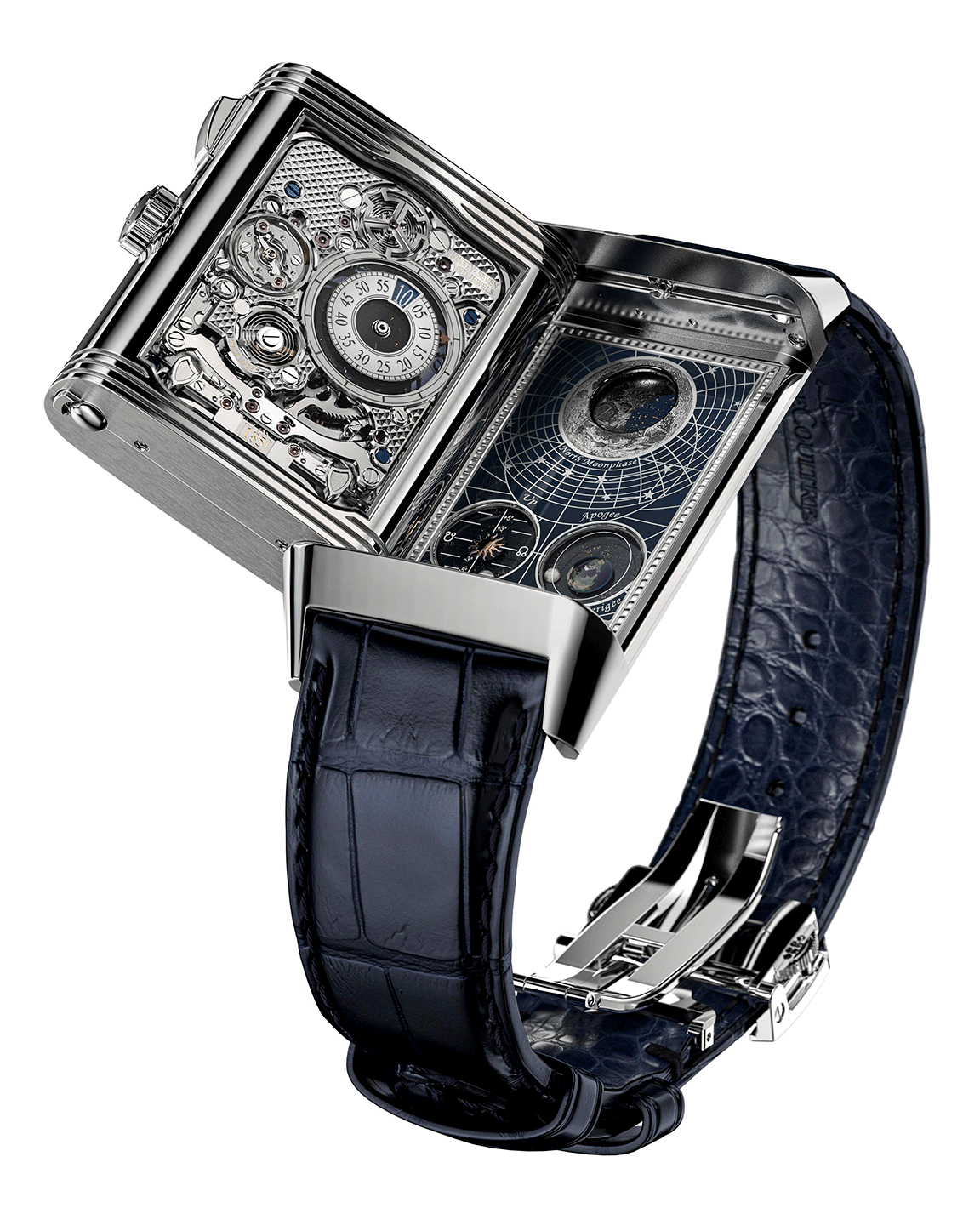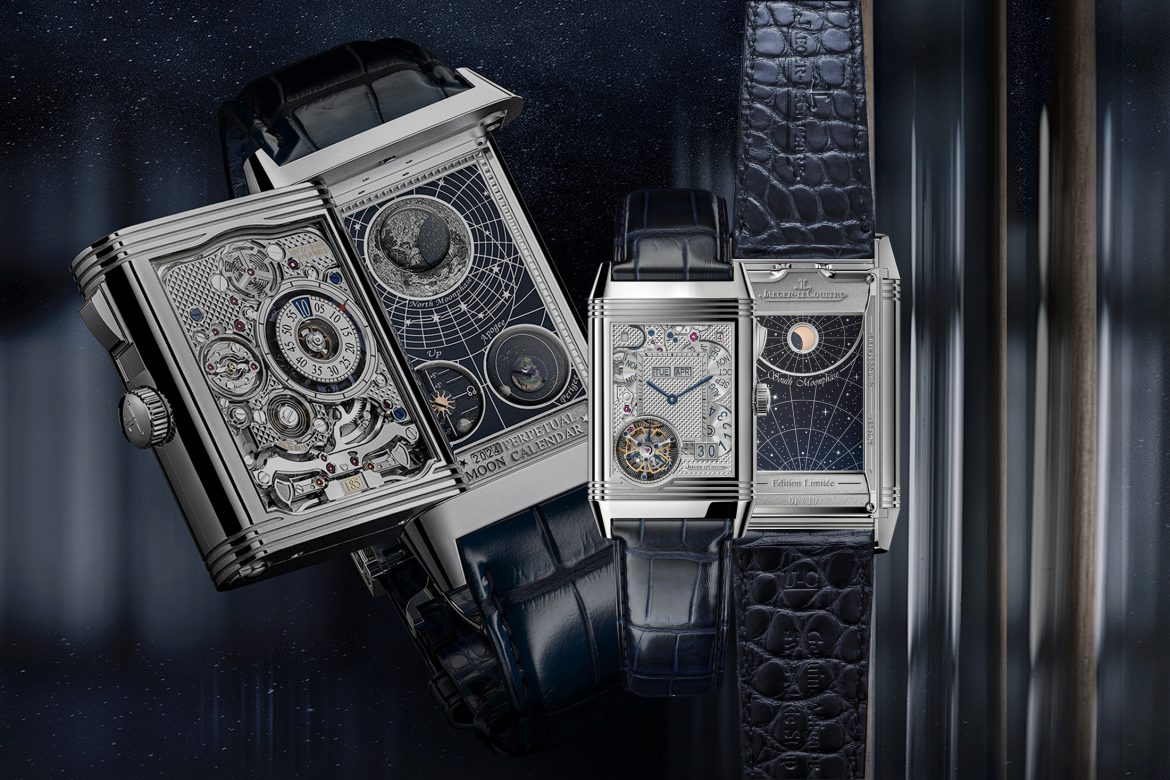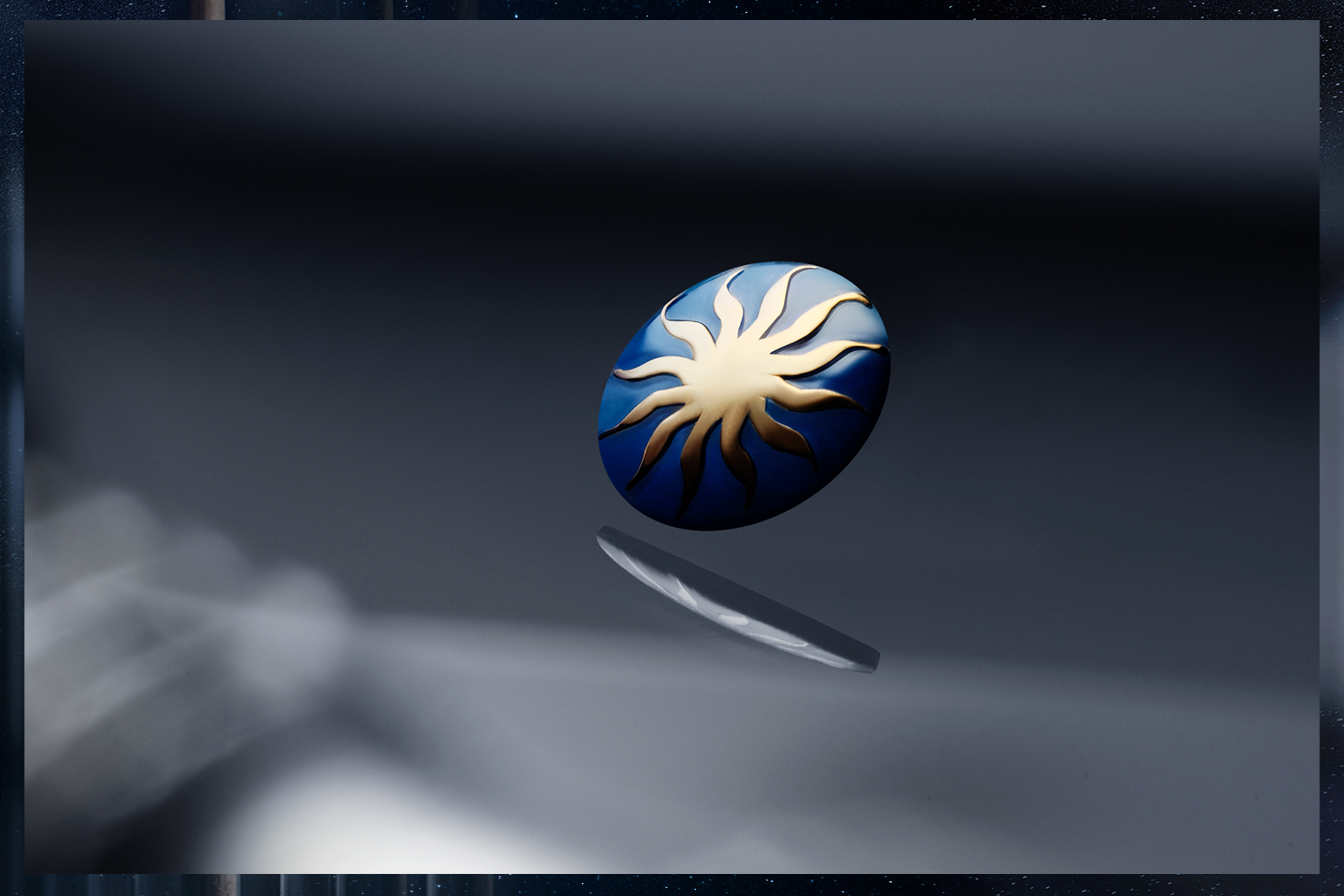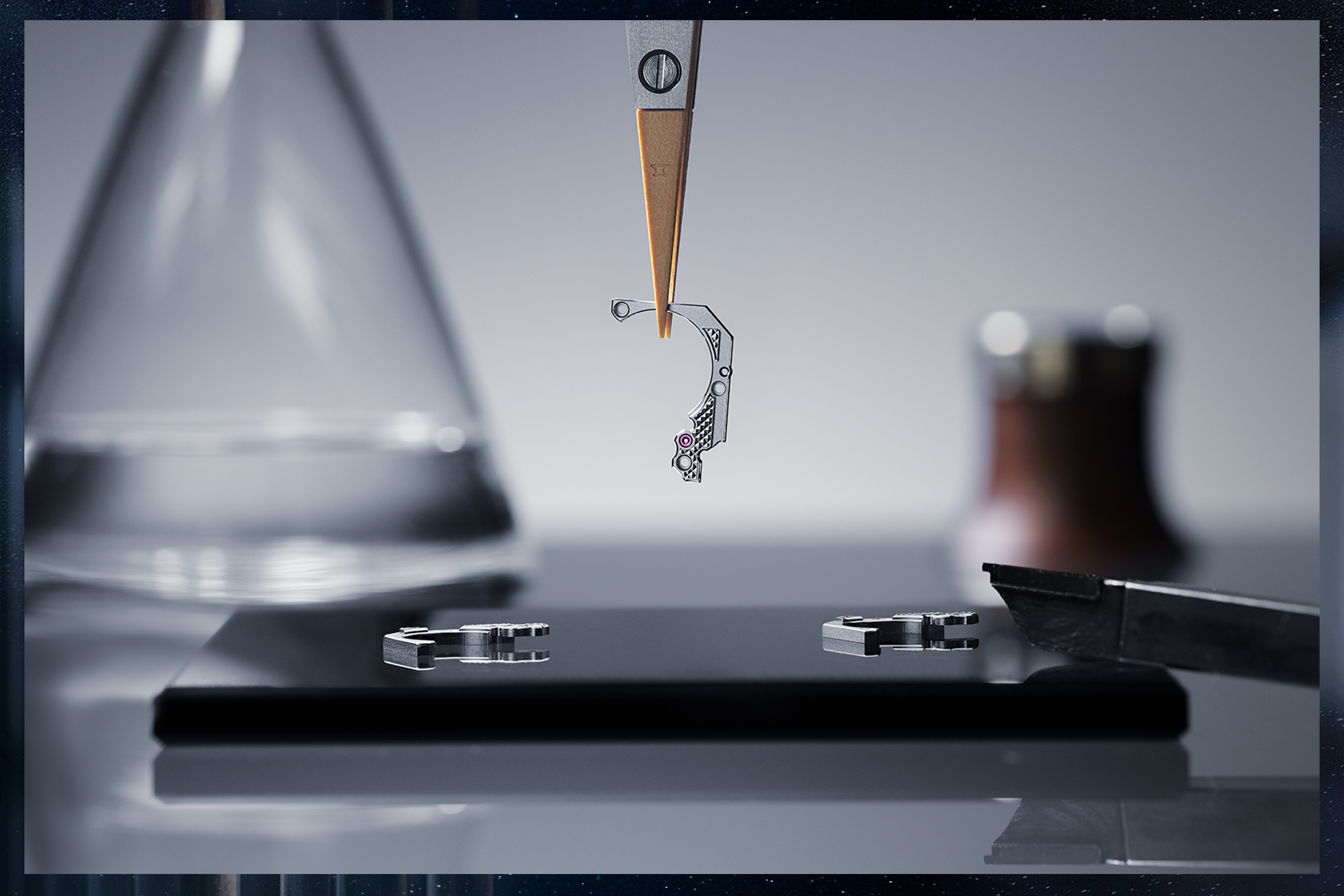Jaeger-LeCoultre’s new supercomplication tells its story across four successive chapters on its case.
Jaeger-LeCoultre celebrates the 90th anniversary of the Reverso this year. The brand has, quite naturally, pulled out all the stops in terms of novelties – both for the additions to the permanent collection, as well as commemorative limited editions. According to the manufacture’s lore, the watch’s genesis stemmed from the needs of British Army officers stationed in India, who wanted a robust timepiece that would stand up to the rigours of polo games. This led to the development of a watch with a swivelling case, which could be flipped to protect its crystal during these games. The rest, as they say, is history.
In the decades following its conception, however, the Reverso has evolved from a sports watch to something else entirely. Today, it epitomises classic design, and serves as an avenue for Jaeger-LeCoultre to showcase its design sensibilities, technical capabilities, and artistic savoir faire. These know-hows are all on full disply in the Reverso Hybris Mechanica Quadriptyque’s case – or rather, quite literally on it.
Four To The Floor

Calling the Reverso Hybris Mechanica Quadriptyque a grand complication is somewhat of a misnomer.
 This masterpiece certainly qualifies as one, but a superlative such as “supercomplication” is more certainly more appropriate. This isn’t just because of its number of complications (11, by the way), but also because of how these additional functions are executed.
This masterpiece certainly qualifies as one, but a superlative such as “supercomplication” is more certainly more appropriate. This isn’t just because of its number of complications (11, by the way), but also because of how these additional functions are executed.
An overview of this timepiece is a good place to start for some perspective. To put simply, the Quadriptyque is the next and possibly final iteration in terms of how space is utilised on a Reverso. The original Reverso watches had a single face for timekeeping, with the “back” of the swivelling case serving as protection against knocks and scratches. In time, Jaeger-LeCoultre developed a second face in the Reverso Duetto and Duoface models to offer extra functions such as a second time zone display. The Reverso Hybris Mechanica à Triptyque from 2006 was the next evolutionary leap – the interior face of the “cradle” was utilised in this watch as an additional dial for complications. The Quadriptyque completes this progression by having dials on all four of its available faces.
Four Chapters

Jaeger-LeCoultre understands the importance of managing watch complications. Internally, this entails guiding the movement’s development to ensure that space is fully utilised within a case. Externally, functions and displays need to be organised in legible and intuitive layouts that makes reading them a cinch. The Quadriptyque demonstrates both these qualities. Its case measures 51mm by 31mm by 15mm, which isn’t diminutive by any means, but a very reasonable size given the watch’s complexity. This, in turn, is complemented by how the timepiece’s complications are arranged across its four faces.
[1]
The opening chapter of the watch is its main face. Here, functions related to civil time dominate, beginning with the flying tourbillon at seven o’clock. The perpetual calendar – with big date display, no less – occupies most of the remaining space with its various displays. Finally a day/night indicator at 11 o’clock rounds out the complications. Clearly, these are the most frequently accessed functions of a timepiece as they relate to the daily needs of its wearer. Positioning them on the Quadriptyque’s primary face thus makes complete sense.
[2]
On the reverse face of the swivelling case, Jaeger-LeCoultre has placed the second time zone display (a la the Duoface) and the minute repeater. Neither is a “stock” iteration of these complications. In lieu of a regular sub-dial with two hands, the second time zone indicator here has a jumping digital hours display, with the minutes marked by a peripheral pointer.
Meanwhile, the minute repeater here represents a crucial step forward in the complication’s development as it nearly eliminates the silences that have long plagued minute repeaters. Traditionally, minute repeaters would have periods of silence between the hours and the minutes if there were no quarters to be struck. A time of 7:10, for instance, would see seven low chimes followed by a lengthy period of silence before 10 high chimes were sounded. By rejigging the mechanical coupling that links the minute repeater to the timekeeping part of the movement, however, the Quadriptyque is able to circumvent this, and remove the silence should there be no quarters to strike.
[3]
The third dial of the Quadriptyque is the interior face of the “cradle”, where the moon takes centre stage. The synodic cycle of the moon – commonly understood as the moon phase – is shown at 12 o’clock here. This display has an accuracy of just a day’s deviation every 1,111 years, and displays the moon as viewed from the northern hemisphere. On the lower left, the draconic month is tracked instead. As the moon’s orbit around the earth is tilted vis-à-vis the earth’s orbit around the sun, the draconic cycle shows when all three bodies are in the same plane. Finally, the lower right sub-dial traces the anomalistic month, which accounts for the moon’s elliptical orbit (and thus its apparent size) around the earth.
Taken together, the three displays can track rare celestial phenomenon. For instance, when the three bodies are aligned according to the draconic cycle and it’s a new moon, then a solar eclipse will occur. On the other hand, a supermoon happens when a full moon coincides with the moon’s perigee. This is a feat that no other timepiece has accomplished before.
[4]
Finally, the complications are bookended by the final dial – the exterior face of the “cradle” – which displays the moon phase as viewed from the southern hemisphere.
Of course, technical complexity is only part of the story. In the Quadriptyque, metiers d’art work to accentuate the aesthetics that the balanced dial displays have already accomplished. Note the tasteful implementation of guilloché on the first and second faces of the watch, for instance, as well as the earth on the third face, which has been rendered using enamel micro-painting. The overall effect is a cohesive masterpiece where every detail has been considered and optimised to serve the whole, making the final product greater than the sum of its parts. Such a masterpiece is not surprising considering Jaeger-LeCoultre’s record of creating such watches though, as well as its six-year development period.
Given the complexity of the timepiece, a special presentation box has been developed to allow the Quadriptyque’s displays to be set quickly – and automatically. This removes any risk of overcorrecting the watch or damaging its movement. Just 10 sets of this masterpiece will be produced.
Images courtesy of Jaeger-LeCoultre, artwork by Curatedition. All rights reserved.
Related Links:
Jaeger-LeCoultre: The Manufacture of Makers
Jaeger-LeCoultre Polaris Mariner: Sound of Time





